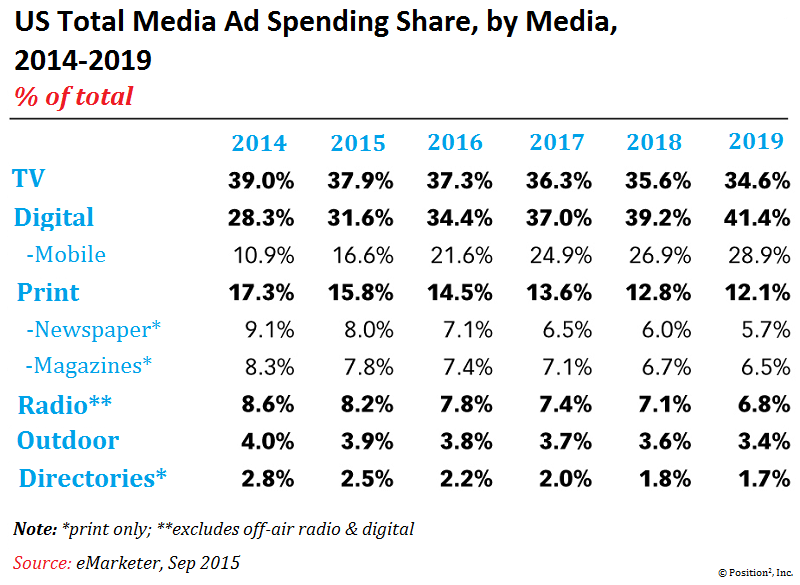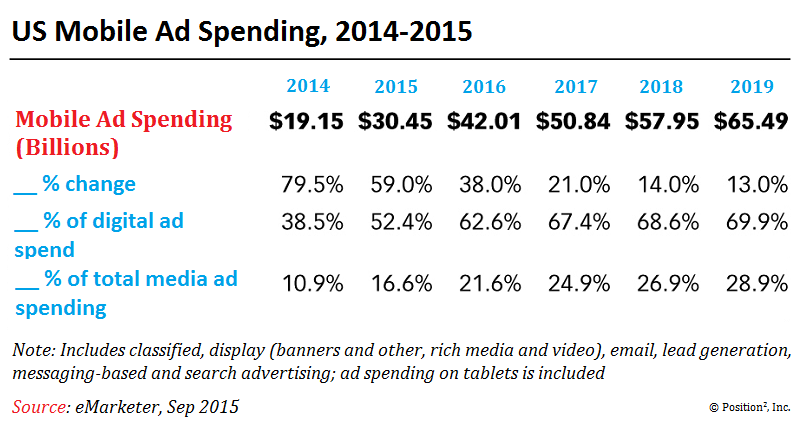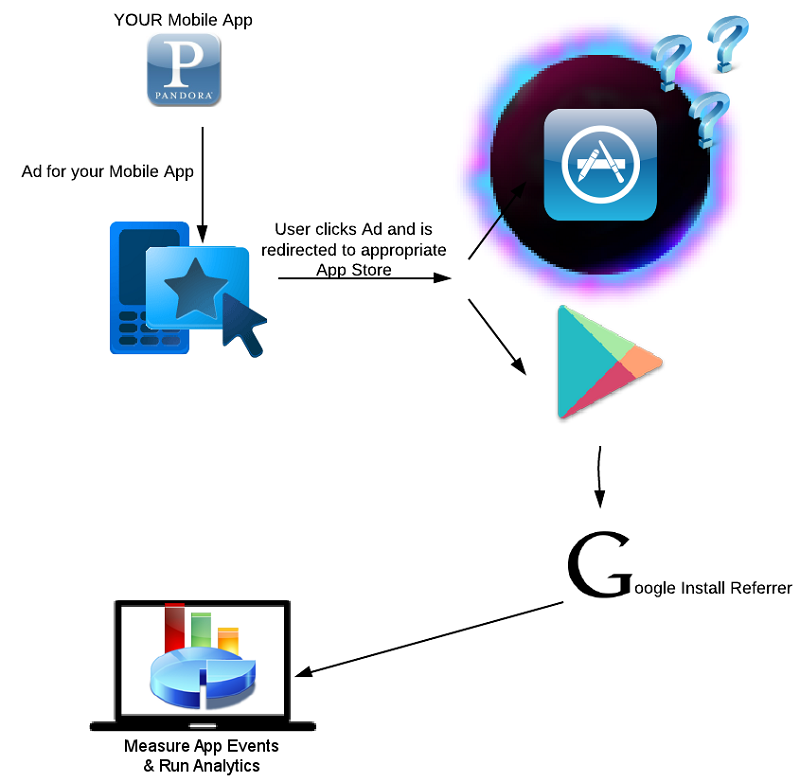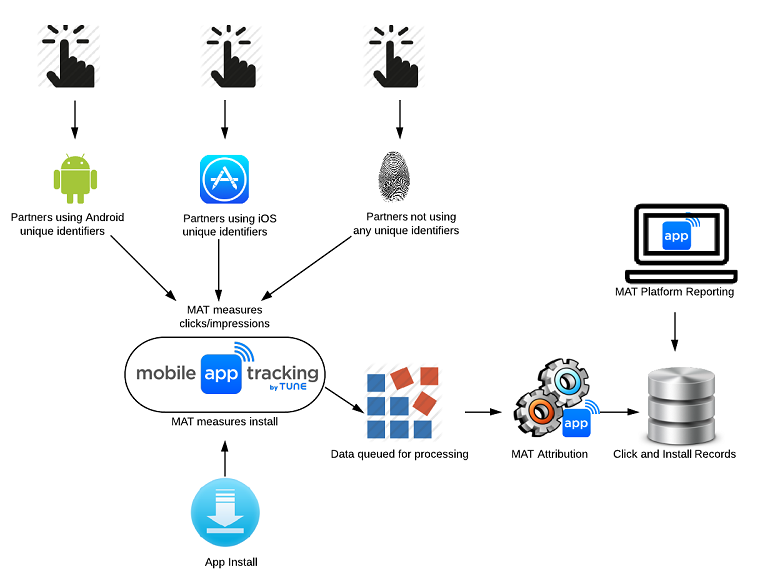Mobile marketing means targeting consumers on-the-go, in real-time. It presents marketers with a unique quandry: “How did my mobile spend work?” Attribution analysis is the answer. It’s also the most challenging aspect of conducting and optimizing a mobile campaign.
In a word, yes. A 240% or $47 billion increase in mobile ad spends from 2014 to 2019 makes digital channels in general and mobile ad spending in particular crucial to a marketer’s success.


So, in a word, mobile marketing has enormous growth potential. Marketers are only now beginning to understand the amazing opportunities stimulated by mobile, and they still face the attribution dilemma, the biggest challenge to mobile marketing. Getting attribution right for your mobile campaign can make or break your digital budget.
There is no existing attribution standard in the mobile industry. To make matters worse, the two main device platforms (iOS and Android) vary slightly in the attribution methods used and the sequence in which those methods are executed, making it difficult for marketers to measure the effectiveness of mobile ad campaigns, optimize ad spends, etc.
Google makes life for the mobile app advertiser easier by using a referrer URL parameter in download links to the Google Play™ Store. The Google Analytics SDK for Android uses this parameter to automatically populate campaign information in Google Analytics for your app. This enables the source of an install to be recorded and associated with future page views and events (for assessing the effectiveness of a particular ad for your app).
If you’re advertising a mobile app for the iOS platform, then after users click into the Apple® iTunes® App Store environment, their actions essentially enter a ‘black hole’ where you no longer have any insight into the performance of your app. Without a unique attribution mechanism similar to the Google Install Referrer URL, the Apple iTunes App Store requires you to rely on other attribution methods if you want any insight into the performance of your app.

Attribution Analytics performs unique identifier matching by matching the unique identifiers from the install to a click. Unique identifier matching is an automated and real-time method of comparing clicks to installs instead of manually performing the match at the end of a week or month using Excel spreadsheets. Attribution using unique identifiers enables 1:1 accuracy of matching clicks to installs (when identifiers are passed app-to-app).
Device fingerprinting pulls basic (and not always 100% unique) information (such as IP address) from mobile device headers to connect a user from ad-click to app install (or some other conversion). Device fingerprint matching works by redirecting users through a measurement URL and collecting the publicly available HTTP headers about the device. Attribution Analytics uses this information to create a unique fingerprint about the device (whose user clicked a measurement URL). When a user installs the mobile app, the Attribution Analytics SDK collects the same data points from within the mobile app and sends it to the Attribution Analytics platform, which searches for clicks with the matching fingerprint of the install. Attribution Analytics attributes the install to the device that had the last click with a matching fingerprint. While you use identifier matching for app-to-app attribution, you use device fingerprint matching for web-to-app attribution because the publishing app in app-to-app scenarios cannot actually pass device identifiers.
As the mobile space continues to evolve, mobile app developers and advertisers are looking to implement analytic technologies that can support several attribution methods (to ensure that all sources of your paid media and advertisements are accurately measured and attributed). Using a single technology that provides this multi-faceted approach is key to making your marketing spend as effective and efficient as possible. Attribution Analytics combines these different attribution methods into a single unified solution that not only seamlessly attributes app-to-app installs, but also mobile web-to-app installs.

As mobile ad spends grow in the immediate future, a robust attribution model is imperative for marketers to understand ‘what works’. Accurate data driven attribution that leads to optimizing campaigns and enhancing the buyers’ journey is the key to demand creation.
We would love to hear your thoughts. Use the comments box and let us know your thoughts on mobile marketing and attribution.